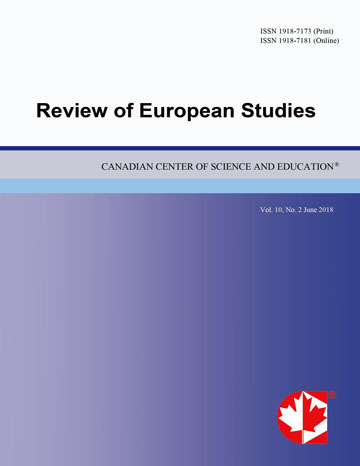Space-time Clusters of Crime in Stockholm, Sweden
- Adriaan Uittenbogaard
- Vania Ceccato
Abstract
The aim of the study is to detect geographical clustering of offences over time using Kulldorff’s scan test (SaTScan version 9.01; Kulldorff, 2010) and police recorded data over Stockholm city, the capital of Sweden. This technique has a rigorous inference theory for identifying statistically significant clusters. The space–time scan statistics are used in a single retrospective analysis using data from 1st January 2006 to 31st December 2009. A four years’ dataset is collapsed into ‘one year’. All space-time dimensions of the data are kept except ‘year’. Clusters over the hours of the day, weekday and weekend and by seasons were tested. Total population but also day-time and night-time populations were used as reference. Findings show clear distinct patterns of concentration for violence (assault and threat) and property crimes (theft, robbery and burglary) over time and space. Whilst property crimes tend to happen more often in the afternoons in the center and regional commercial centers in the southern and western parts of Stockholm, violence takes place more often in the night, and is heavily concentrated in large parts of the city center. Weekends are more targeted than weekdays for both offences. Regardless of day of the week, the main urban core of the city contains the most likely cluster that extends to commercial and socially disorganized areas in the west and south Stockholm. Whilst property crime levels do not show significant differences over the seasons, violent crimes levels do (winter and summer). The most likely clusters tend to be fairly constant in space over time. The article ends with implications of the results for both research and practice.
 PDF
PDF
